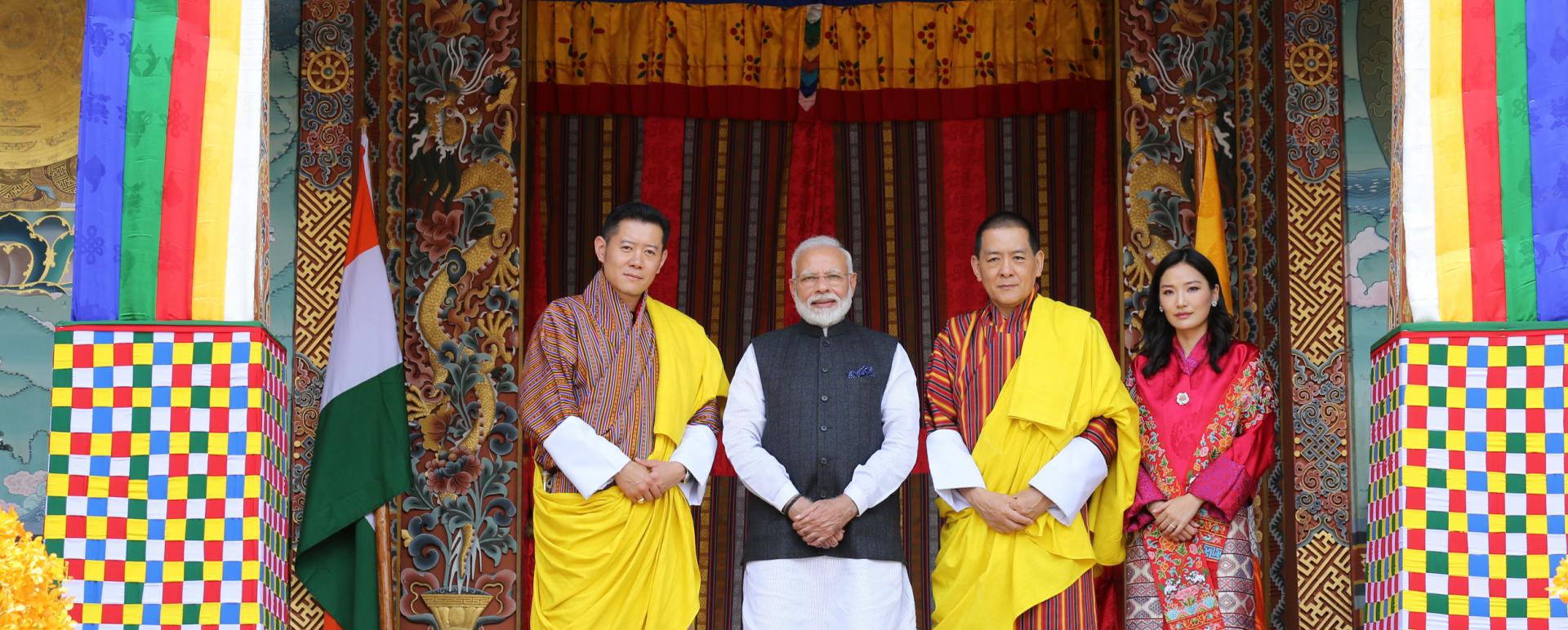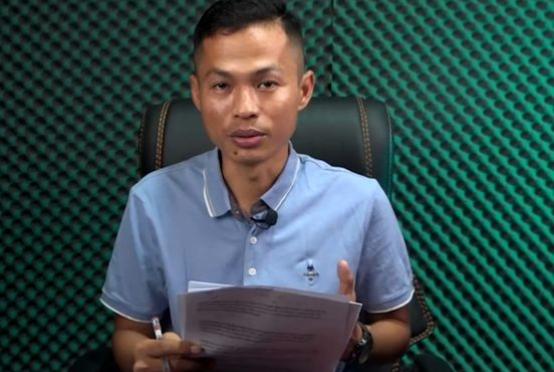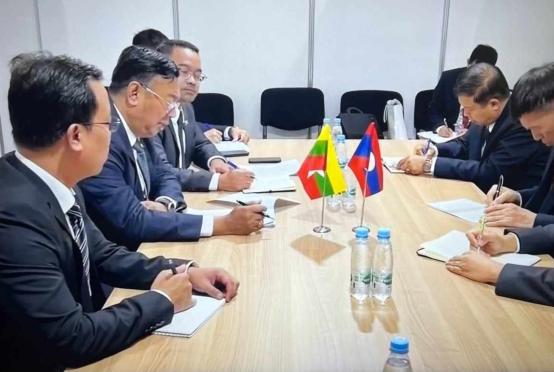by Tsherng Dorji
THIMPHU (Kuensel/ANN) - The Indian Prime Minster Narendra Modi's visit, is an example of bilateral relations between nations in the entire world.
The state visit of Indian Prime Minster Narendra Modi, who left the country yesterday afternoon, is an example of bilateral relations between nations in the entire world.
Dowsed in emotions, the Indian Prime Minister said that his two-day visit to Bhutan is an unforgettable moment and even more is the warm gesture and compassionate hearts of the Bhutanese.
In his address to the students at the Royal University of Bhutan he said: “No other countries understand each other so well.”
Prime Minister Narendra Modi was enthralled by his visit to Bhutan’s first Dzong (Fortress) in Semtokha and his audience with both His Majesty The King and His Majesty the Fourth King, from where he claimed to have received guidance on Bhutan-India relations in the times to come.
Semtokha Dzong for the first time in history hosted a bilateral meeting. Inside the Dzong, PM Modi sat down before the statue of Buddha and Zhabdrung Ngawang Namgyel to pray for few minutes.
In his press statement, he announced Bhutan could keep the 250-year-old statue of Zhabdrung, housed in the Asiatic Society building in Kolkata, for another five years.
The statue measuring six feet tall is believed to have been found by a British officer, captain Hadyat Ally during the Duar War that Bhutan fought with the British in 1864 and donated it to the Asiatic Society in Kolkata. The government of India has initially loaned the statue to Bhutan for a year.
India, Prime Minister Narendra Modi also is fortunate to find a friend in Bhutan who has shown the way to pursue economic development in cognizance of nature, environment and culture. In short, the Gross National Happiness.
In his address to the youth, the Indian Prime Minister expressed his gratitude for having seen the past, lived the future with visionary leaders of Bhutan and blended with the future in two-days-time.
He was overwhelmed with the gesture that the people of Bhutan has shown in welcoming him and the hospitality the country has extended to make his stay as comfortable despite the limited resource.
Students and residents of Paro and Thimphu, all-delighted, lined the highway greeting the Indian Prime Minister, wearing smiles until the last vehicle of his convoy passed. Prime Minister Narendra Modi, known for his sense of humour, said a lecture on Sunday could be burdening, as he prepared to talk at the RUB hall yesterday.
He left the country in a special aircraft bidding farewell to all the senior officials and minister present at the Paro International Airport.
“Let alone the Prime Minister, who has to return to India, even the officials and media representative do not want to leave this beautiful country for polluted cities,” said an Indian journalist who came to cover the visit.
Meanwhile, Lyonchhen Dr. Lotay Tshering thanked all the officials, students, teachers and other volunteers for making the visit a successful one.
The new course
Irrespective of whichever government comes to power, both in Bhutan and India, the ties between the two countries will never diminish.
This was the underlying message leaders and officials of both the countries have been trying to convey.
Before the inception of first Five Year Plan in 1961 His Majesty the Late King Jigme Dorji Wangchuck has maintain a cordial relation with Prime Minister Jawaharlal Nehru, the then Prime Minister of India. India fully funded the first Plan (1961–66) comprising of Nu 107.2 million. Bhutan is now on the verge of graduating from the least developed country by the end of 12th Plan.
At a press conference by the Indian Foreign Secretary Vijay Gokhale on August 17, he said that India is delighted for the people of Bhutan, who have worked hard to graduate. “We are partners in helping but ultimately it is the achievement of people of Bhutan, the government and the two Kings,” he said adding that India would continue the partnership even if Bhutan comes out of LDC.
Cooperation in the field of hydropower is exemplary. However, the whole focus of the visit is to diversify the bilateral relation into sectors like health, education and technology.
To this effect, the Indian government, besides committing to issue 1,000 MT of LPG every month, has also committed to support the financing of super specialist hospital in Thimphu. Various MoUs have also been exchanged between the educational institutes and agencies of both the countries.
The Indian foreign secretary also added that there are number of areas to enhance economic ties. For instance, the government of India has committed Nu 4B for trade support facility. This, he said would be largely used to help traders, manufacturers and small entrepreneurs of Bhutan to modernise their production to be able to compete in the Indian market.
The Indian government, he said has also extended its currency swap facility from US$ 100M to US$ 200M, until the SAARC currency swap comes up. A currency swap is an agreement in which two parties exchange the principal amount of a loan and the interest in one currency for the principal and interest in another currency.
From digital payment to disaster management and technology, the Indian Prime Minster said he would like see more such collaboration between Bhutan and India.
During a press conference in the ceremonial lounge at Paro Airport right after the departure of the Indian PM, Prime Minister Dr. Lotay Tshering said hydropower is just one of the events that happened in this relationship.
With regard to the ongoing hydropower projects, he said that two governments have committed to bring to all activities to a conclusion as soon as possible. “Both the governments are very positive on Sunkosh project. Experts from both sides are working on it. So we have not discussed anything new. We haven’t taken any new stands on hydropower this time,” Dr Lotay Tshering said.
Meanwhile, the prime minister thanked all the farmers for not letting loose their cattle on the roads during the visit of the PM.






